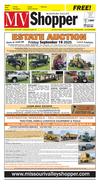5






shop online at www.missourivalleyshopper.com
July 26, 2016 • Page 5
n HEAT
From Page 4
impacts during performance
events and shows, please
read “Can Heat Stress during
Performance Affect Stallion
Reproduction?”
Tips for Transporting
Horses
Avoid traveling in the
heat of the day: As with all
livestock hauling, choose
the cooler parts of the day
to be on the road because
trailers are typically exposed
to direct sunlight throughout
the trip raising solar radiation heat.
“Think of how it feels
in the truck cab when the
sun beats in the window on
your skin even with the air
conditioning blowing on you;
it’s still hot and uncomfortable in the direct sunlight,”
Carroll said.
Horses hauled between
11 a.m. to 4 p.m. will be
exposed to the hottest
temperatures and absorb the
most heat during transport
than horses hauled during
cooler times of the day.
Remember, it takes time
for the horse to dissipate
the heat (increased body
temperature, increased
respiration rate, increased
sweating) and recover before
it is expected to perform at
its top potential. For more
information on the transportation of horses visit iGrow.
org.
Keep horses hydrated:
This may mean offering
electrolytes along with cool,
fresh water.
Horses should be offered
water prior to and immediately following transport,
regardless of distance
travelled. Plan to pack at
least 2 to 3 gallons of water
per horse while traveling; or
know your route of where
to stop with sufficient water
hydrants.
The temperature of the
water should be cool to the
touch, but not cold. Warm
water may also limit water
intake, which could lead to
slight dehydration.
Be proactive and consult
your veterinarian and nutritionist concerning electrolyte requirements prior to
travel or shows.
Open trailer ventilation
slots or windows to maximize airflow. Airflow through
vents and windows is typically the only air exchange
to assist horses coping with
the heat stress of transportation.
Remember to properly
secure any windows and
have safety bars in place
so horses are not able to
stick their heads outside the
trailer; also ensure proper
rope lengths for ties in the
trailer.
Avoid keeping horses in a
parked trailer for any period
of time - Parked trailers
only have the airflow from a
breeze that is blowing, which
is minimal and impacted by
the structures the vehicle is
parked next to.
A horse kept in parked
trailers will have a faster rise
in body temperature and
struggle to relieve itself from
the heat inside even a wellventilated trailer.
Assess horse health:
Monitor vital signs and signs
of heat stress before, during, and after transporting
horses.
While travelling, you can
easily check the capillary
refill time through a trailer
window. Transporting horses
of any age, regardless of
health status, has a direct
impact on their immune system from the general stress
it imposes.
Do not haul horses that
are not healthy or those who
are not handling the heat
well. Hauling compromised
horses will increase the
chance of dehydration or
other stress related health
conditions, such as colic.
Spare tires and maintenance: Take the time to
properly service trucks and
trailers before every trip.
Inflate all tires properly,
including the spare tire(s).
Do not forget to make
sure the truck is in good
running condition; do not
procrastinate repairs or oil
changes that could lead to
emergency breakdowns during summer heat.
iGrow
n
Potassium Deficient Corn
Caused by Dry Soil
changes in plant available
potassium (K) as shown in
the following table.
Table 1. Potassium soil
test level changes in pre and
post planting soil samples
in northeast South Dakota
in 2016.
Pre-Plant Soil Test K
BROOKINGS, S.D. - Very
dry soil conditions in the
northeast have caused soil
potassium (K) to become unavailable to crops, especially
corn, however Anthony Bly,
SDSU Extension Soils Field
Specialist said application of
potassium fertilizers at this
point are not recommended.
“The very dry soil will
not allow the plants to
take up the nutrient,” Bly
said. “It’s the extreme soil
drying which has temporarily trapped potassium (K)
between the clay layers in
the soil.”
Bly explained that when
the soil dries, the clay layers
shrink and collapse around
the potassium (K).
“Cracks in the soil are
indicative of clay shrinkage
and as soon as precipitation is received the soil will
swell and the potassium will
become plant available,” he
said.
Corn plant potassium
(K) deficiency symptoms,
Bly said, occur on the lower
plant leaves at onset and
move up the plant as the
deficiency worsens. Plant
leaves show a yellowing and
necrosis (dead tissue) along
the leaf margins (edges) with
worse symptoms at the leaf
tip.
“This should not be
confused with nitrogen deficiency as it also occurs on
the lower leaves of the plant
at onset but does not occur
along the leaf edges, instead
nitrogen deficiency starts at
the leaf tip and moves in a
V-pattern down the leaf midrib,” Bly said.
Soil test comparisons
before and after the extreme
soil drying show huge
In-Season Soil Test K
Field
ppm (STL)
Sample date
ppm (STL)
Sample date
1
193 (VH)
Fall, 2015
122 (H)
June, 2016
2
168 (VH)
April, 2016
88 (M)
June, 2016
STL = soil test level,
VH=very high, H=high,
M=medium, L=low, VL=very
low niGrow
MOODY
MOTOR
NIOBRARA, NE
Patrick Hawk
251 Spruce Ave • Box 260
Niobrara, NE 68760
“Full Service Farm Equipment”
East Hwy. 50, Yankton, SD
1-800-827-9700 • 605-665-3872
sales@koletzkyimplement.com • www.koletzkyimplement.com
www.moodymotor.com
pjhawk@hotmail.com
(402) 857-3711
(800) 745-5650
Fax (402) 857-3713
TYNDALL MOTORS
New 2016 Chevy Suburban LTZ
Black, leather, DVD, sunroof, safety alert package
New 2016 Chevy Silverado Crew
3/4 ton LT2
Butte red, cloth, heated seats, trailer brake,
nicely equipped
HURRY!
MSRP: $70,995
Rebates
Dealer discount
SALE
$4,500
$4,000
$62,495
Offer
expires
August
1st!
MSRP: $51,695
Rebates
Dealer discount
SALE
$4,500
$2,500
$44,695
Check out our full list of inventory • www.tyndallmotors.com
Call Dan, Tom or Katie Phone: 605-589-3441 • Toll Free: 1-888-589-3441
Hours: Monday-Friday 8 a.m. to 5:30 p.m. • Saturday 8 a.m. to 12 noon
406 West Hwy 50 • Tyndall, SD



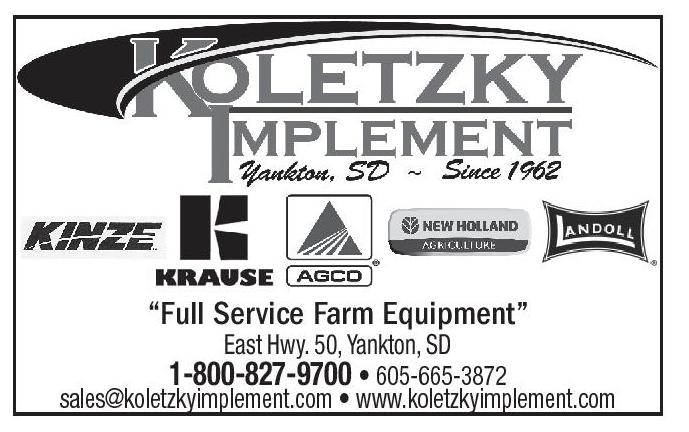
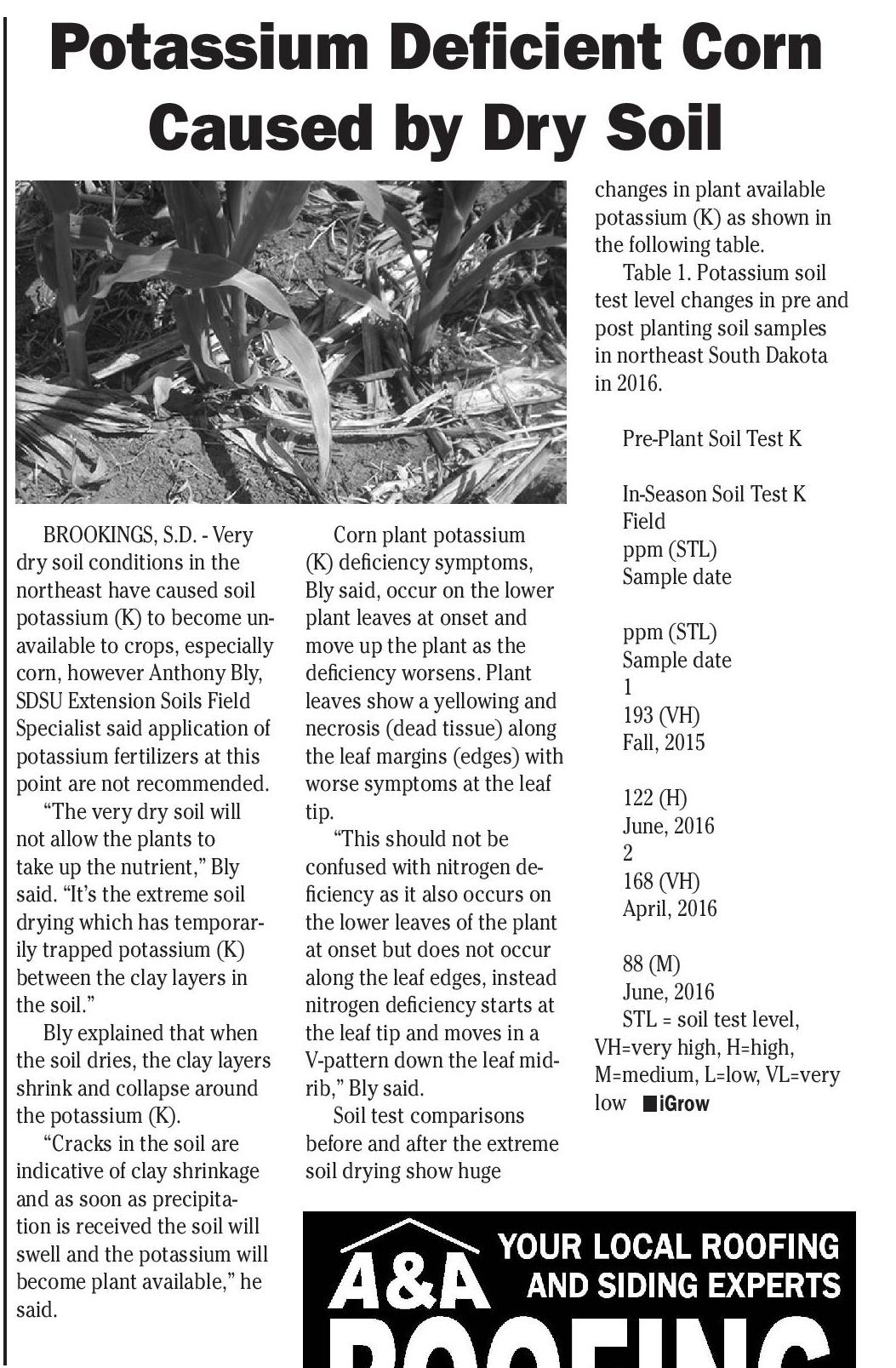
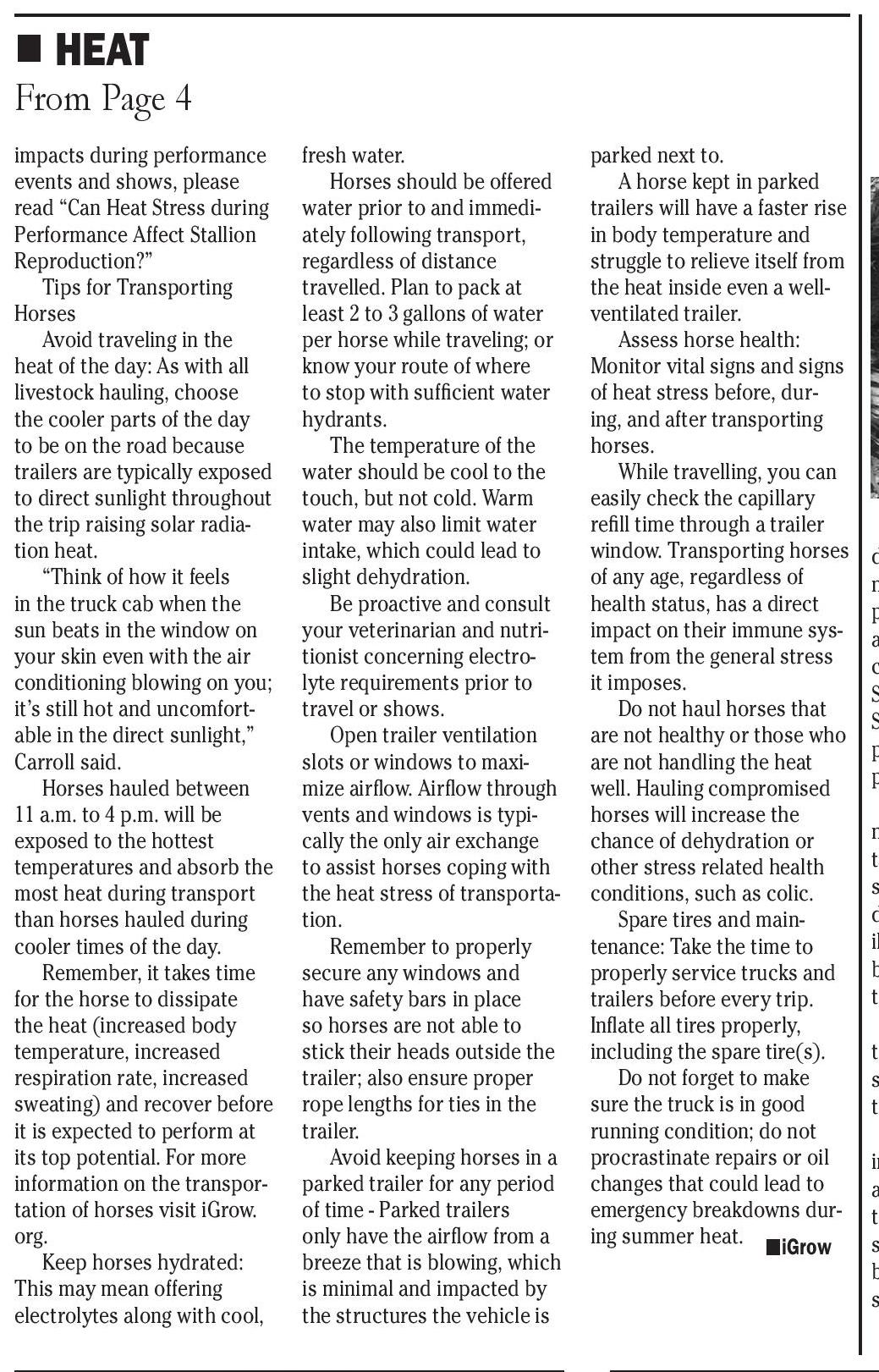

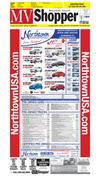
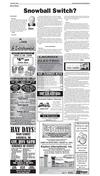
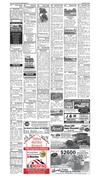
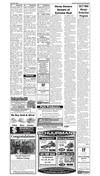
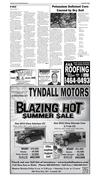
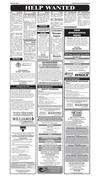
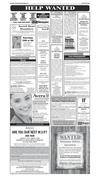
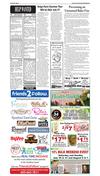
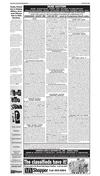
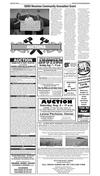
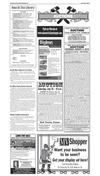
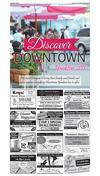
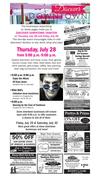
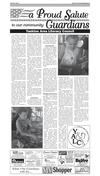
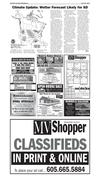
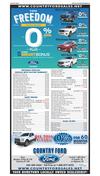
 Previous Page
Previous Page




